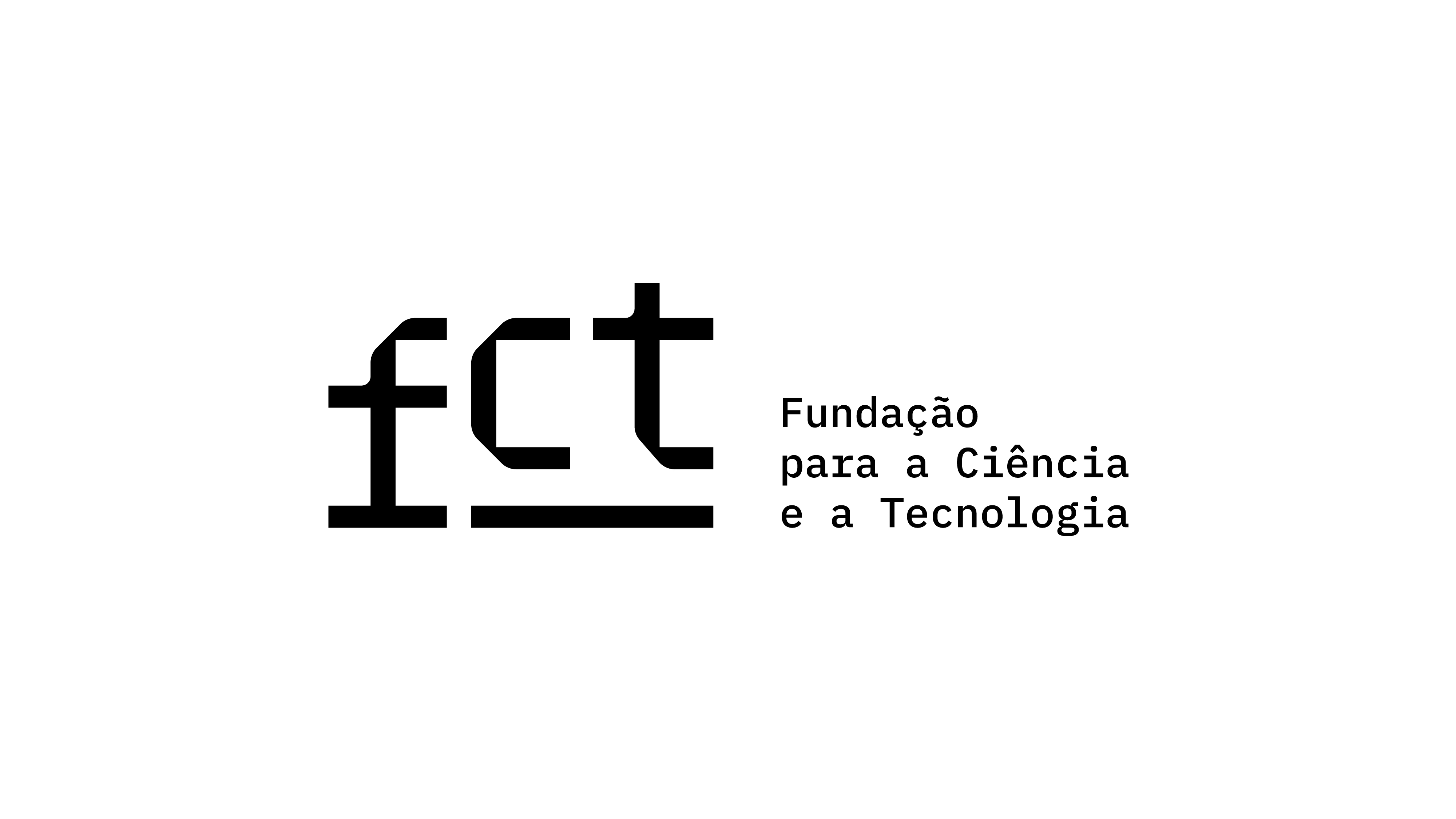The Dialogue Between a Film and Its Spectator: Gaining Freedom
DOI:
https://doi.org/10.21814/vista.4626Keywords:
aesthetic experience, artist's vision, co-creator spectator, directed subjectivitiesAbstract
This article explores the significance of the spectator's role in shaping a dialogic connection with a film. It is rooted in the discernible need to deconstruct this relationship, which, although it may initially appear as two intersecting spheres, gradually tends to merge into a single one, requiring disentanglement. In this analysis, we considered the inception of art, or the artist's vision, to ensure that these spheres reflect subjective yet distinct interpretations and effectively make them visually evident from that point onward. In this vein, Rancière (2008/2010) provides one perspective that considers a new role for the spectator, an "active co-creator" who can subvert established hierarchies and transform the power dynamic between the artwork and its audience. Bazin (1958/2014) also believes that cinema is a portrayal of reality that grants the spectator a sense of presence in the world depicted on the screen. This perception seems to be amplified by the significance of sensory experience and aesthetic delight, an idea advocated by Sontag (1966/2020). For all these reasons, it seems necessary to conceptualise individualities through imagery and explore how they can be, subtly and subversively to the propositions of the authors mentioned, directed so that the spectator becomes truly part of the film and can feel important as they realise they are part of the outcome: this is when the final sphere is broken from the inside out, enabling a unique experience of freedom.
Downloads
References
Bargh, J. A., Chen, M., & Burrows, L. (1996). Automaticity of social behavior: Direct effects of trait construct and stereotype activation on action. Journal of Personality and Social Psychology, 71(2), 230–244. https://doi.org/10.1037/0022-3514.71.2.230 DOI: https://doi.org/10.1037/0022-3514.71.2.230
Bazin, A. (2006). Charlie Chaplin (A. Telles, Trad.). Jorge Zahar Editor. (Trabalho original publicado em 1985)
Bazin, A. (2014). O que é cinema? (E. A. Ribeiro, Trad.). Cosac Naify. (Trabalho original publicado em 1958)
Bordwell, D., & Thompson, K. (2013). A arte do filme: Uma introdução (R. Gregoli, Trad.; 1.ª ed.). Editora Unicamp. (Trabalho original publicado em 1979)
Coelho, S. (2013). Jacques Rancière e Agnes Varda no intervalo entre cinema e política [Dissertação de mestrado, Universidade Nova de Lisboa]. run. http://hdl.handle.net/10362/11275
Griffith, D. W. (Diretor). (1915). The Birth of a Nation [Filme]. Epoch Producing Corporation.
Grossberg, S., & Mingolla, E. (1985). Neural dynamics of form perception: Boundary completion, illusory figures, and neon color spreading. Psychological Review, 92(2), 173–211. https://doi.org/10.1037/0033-295X.92.2.173 DOI: https://doi.org/10.1037/0033-295X.92.2.173
Rancière, J. (2010). O espectador emancipado (J. M. Justo, Trad.). Orfeu Negro. (Trabalho original publicado em 2008)
Ray, N. (Diretor). (1954). Johnny Guitar [Filme]. Republic Pictures.
Sontag, S. (2020). Contra a Interpretação e outros ensaios (D. Bottman, Trad.). Companhia das Letras. (Trabalho original publicado em 1966)
Welles, O. (Diretor). (1941). Citizen Kane [Filme]. RKO Radio Pictures.
Downloads
Published
How to Cite
Issue
Section
License
Copyright (c) 2023 Pedro Barbosa

This work is licensed under a Creative Commons Attribution 4.0 International License.
Authors own the copyright, providing the journal with the right of first publication. The work is licensed under a Creative Commons Attribution 4.0 International License.













